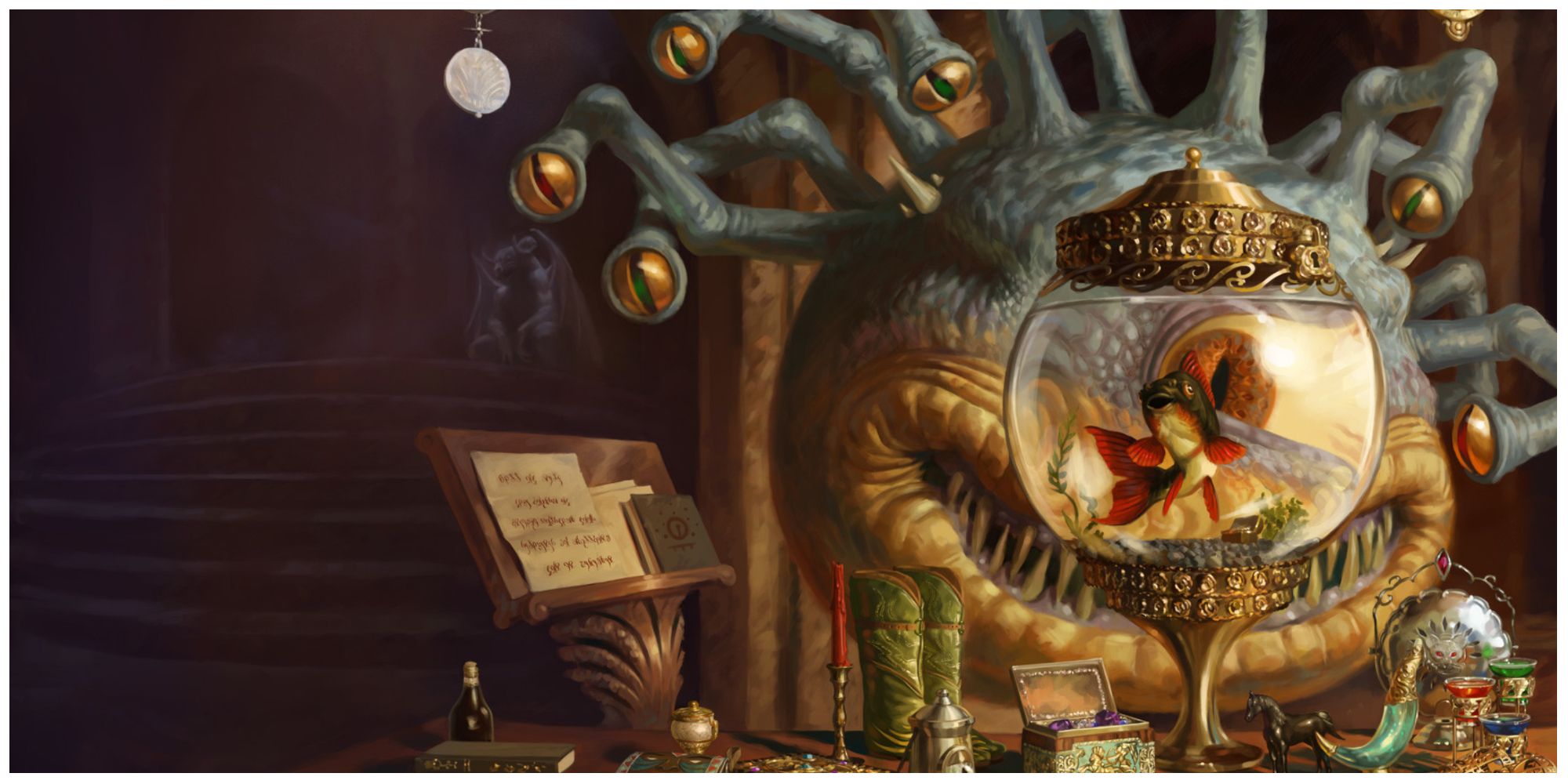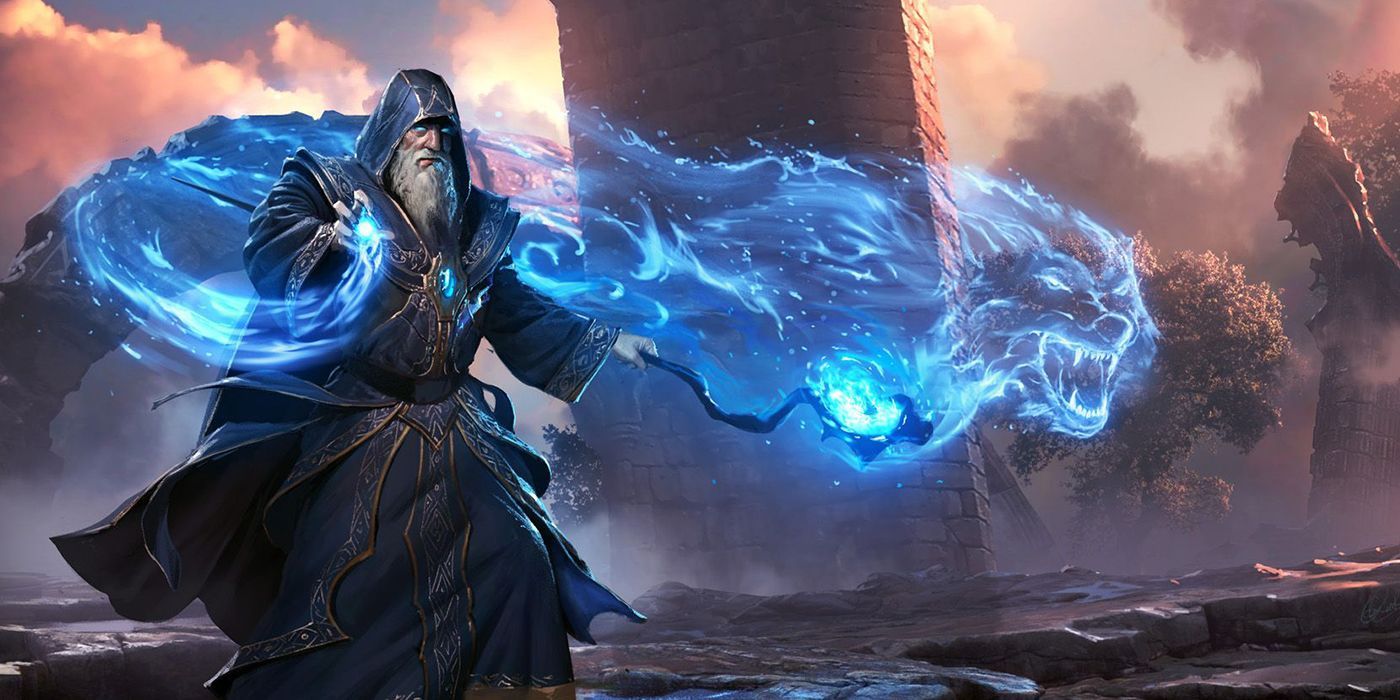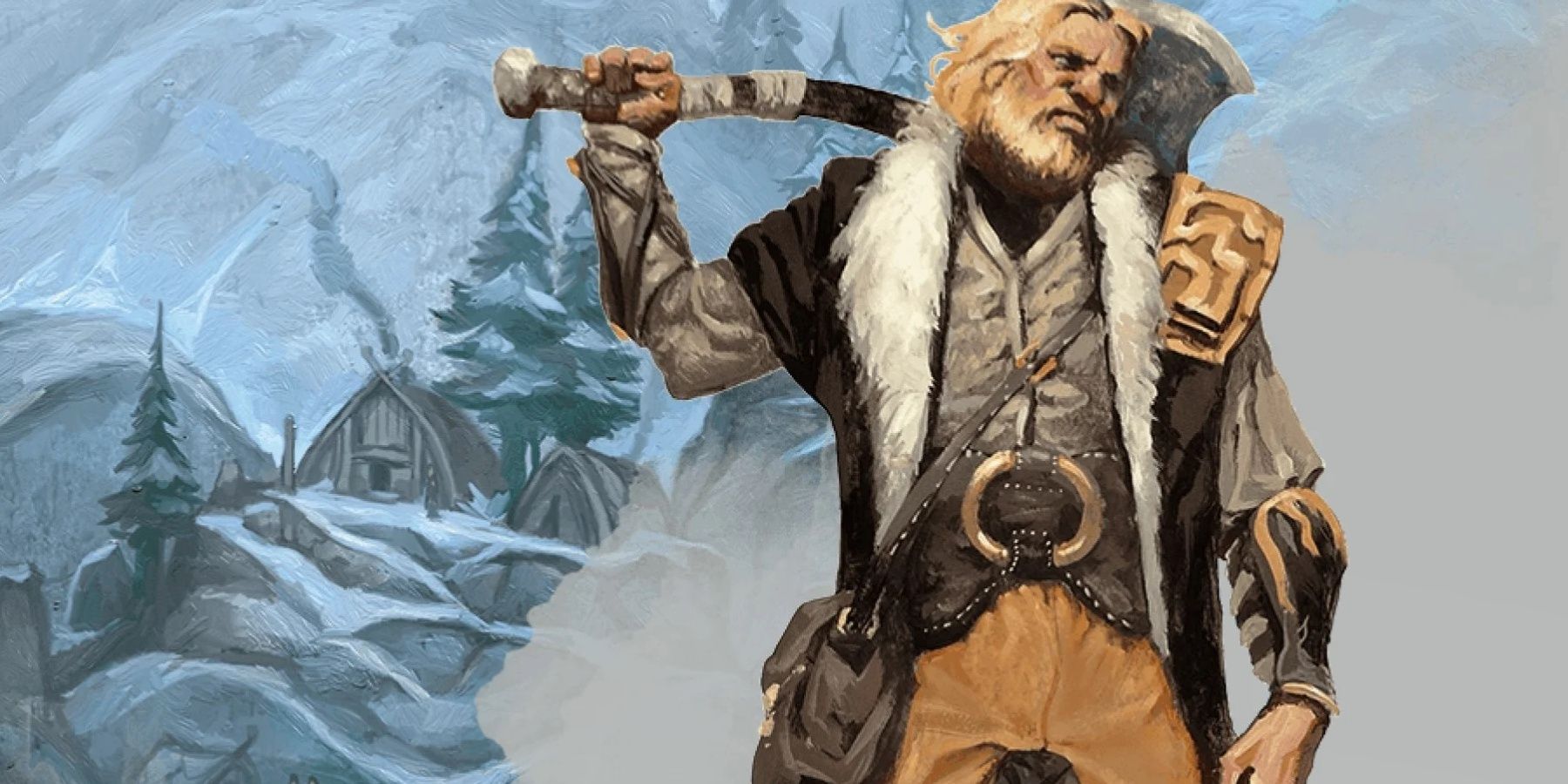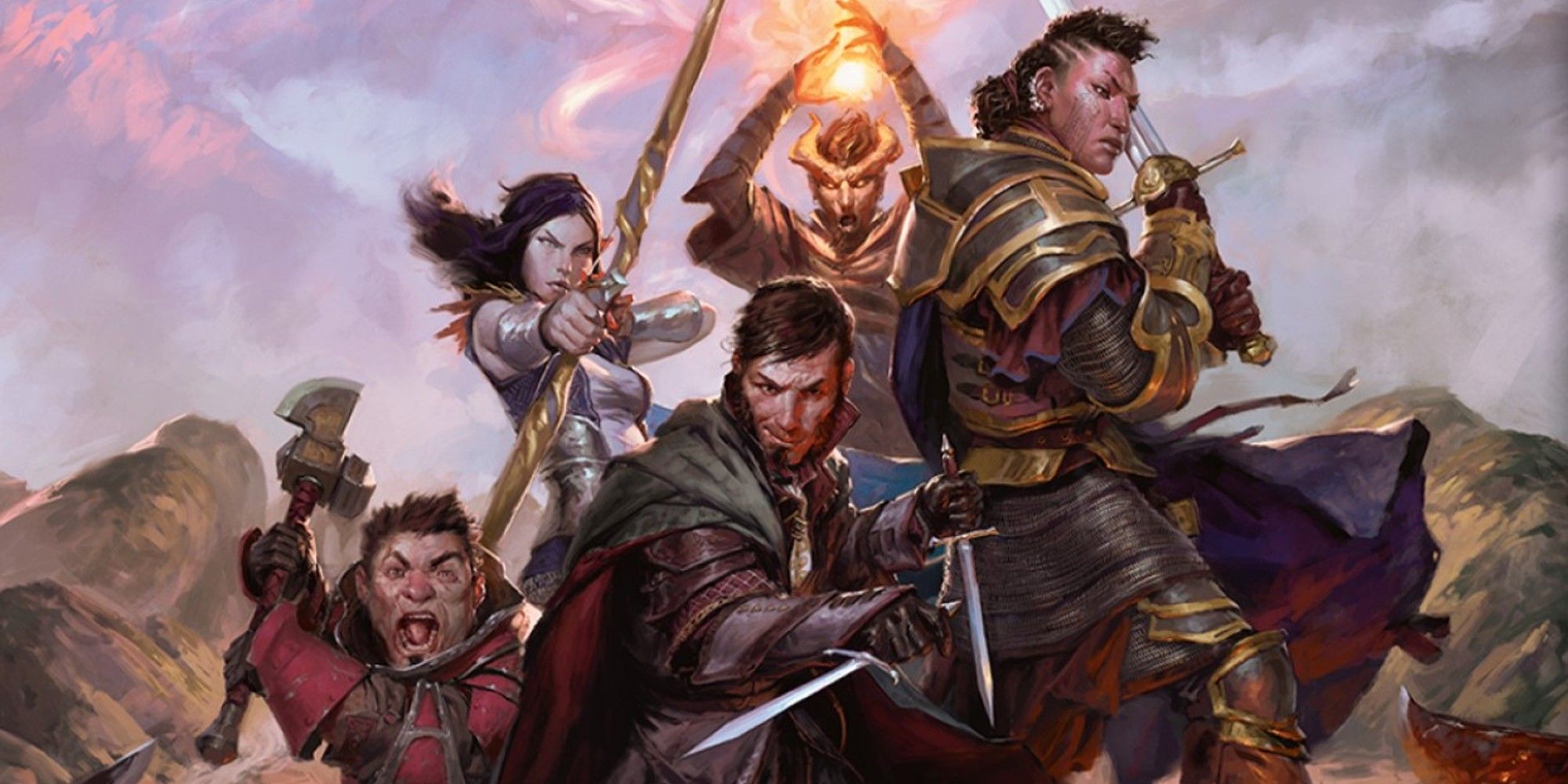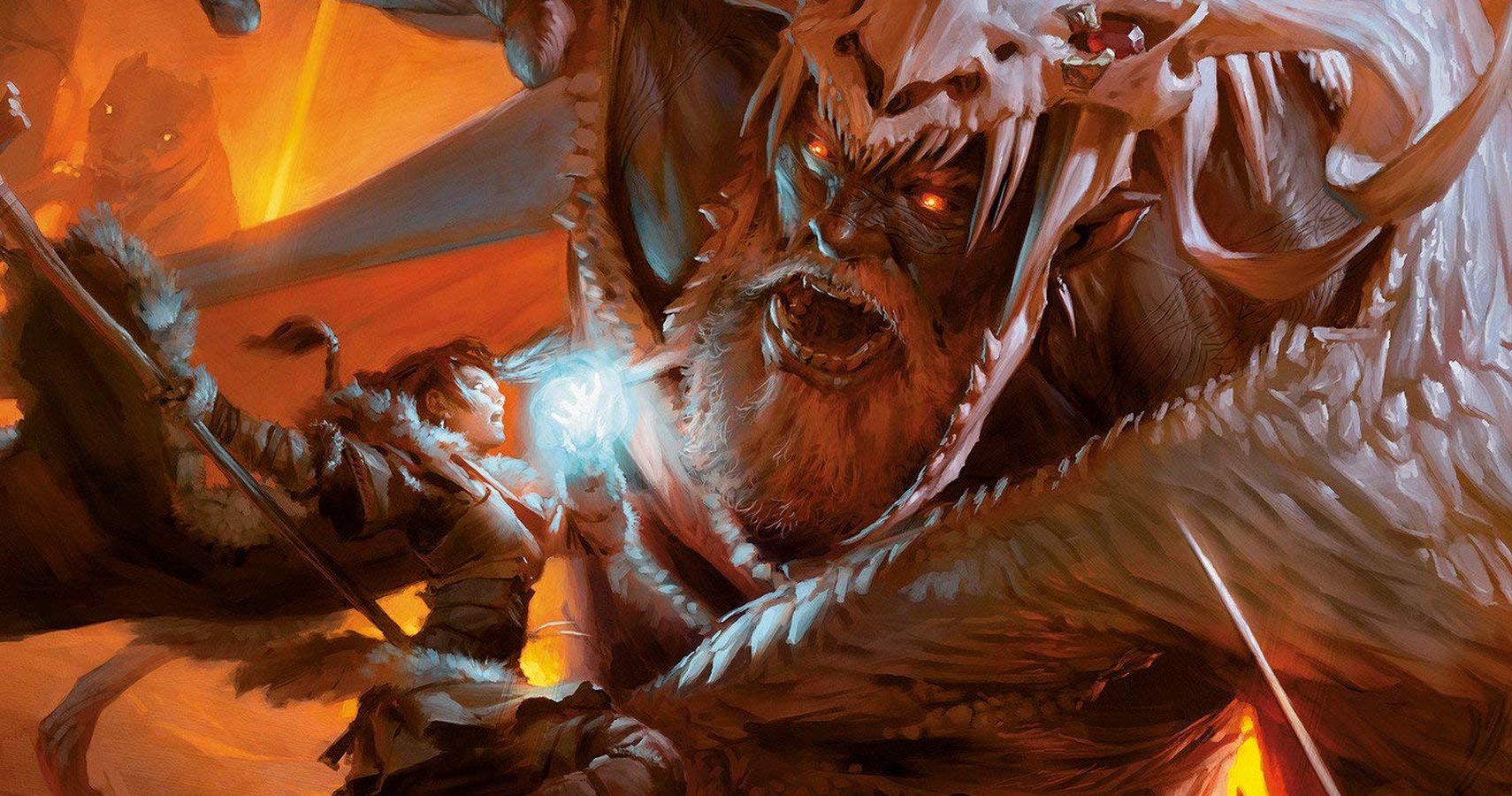Dungeons & Dragons fifth edition has several modules available to enhance the journeys created when friends sit together to create epic adventures. While the Player's Handbook is essential to playing Dungeons & Dragons, there's still much more you need to know before sitting down and running your campaign.
From the basics to the essentials, running an official Dungeons & Dragons module from Wizards of the Coast can be intimidating, but you'll have most of the tools you need upfront. The official published adventures are vast in variety, allowing you to explore regions from established Dungeons & Dragons locations. The Sword Coast, Eberron, and Ravenloft are just a few settings with playable adventures.
The Essentials
When starting a published adventure, some prerequisite knowledge is necessary before running a module for your players. You need to understand the difference between Core Rulebooks, Supplement Books, Campaign Settings, and Adventures.
Most modules will reference the Core Rulebooks as required reading to supplement the adventure you choose to run. These include the Player's Handbook, Dungeon Master's Guide, and the Monster Manual.
All the rules for basic gameplay will be found in the Player's Handbook, while the Dungeon Master's Guide will give you insight into how everything works within D&D fifth edition. The Monster Manual houses all the monsters you'll find on the adventures you'll be running within the modules and their stats.
While you can get away without having all three Core Rulebooks, having access to all three is a good practice. All the Core Rulebooks are available in print and online; however, the Player's Handbook is required reading.
Supplement Books are books that provide additional content to published and homebrew adventures. These books will add spells, job specializations, new races, new classes, and more to the base game.
Campaign Settings do what supplement books do; however, they focus on a specific location within Dungeons & Dragons. Campaign settings also usually add mini-adventures to run within the chosen environment of the campaign book.
Adventures are books that focus on running real adventures and will be what you use as a module to run your games. They are usually full of different adventures compiled to take player characters from level one to higher levels via the adventures within the module.
To run a published adventure, you'll need access to a Player's Handbook and an Adventure book at the least. With those two in hand, you can find supplemental information to fill in what you may be missing. Adventure books are what you'll be picking up as official published adventures.
Preparation
The most common advice when preparing for an adventure is to read through the adventure entirely, which isn't always necessary. The best way to prepare is to determine what type of preparation works for you.
- Read through the entire book, taking notes as necessary.
- Read through each adventure within the book, making notes of important NPCs, motivations, and world-building.
- Outline the session from start to finish, referencing the adventure module for essential moments.
- Play out the session while reading through the adventure module, using the in-dialogue text and the pertinent text within each chapter as you play through the adventure.
These are only a few ways to prepare. You may prepare in whatever way you see fit, as long as you understand the theme and concepts of the adventure.
Feel free to improvise and embellish when running an adventure. Take notes during your session to keep up with anything that might change based on your experience. Each adventure book will take you from start to finish, but most of what's in-between can change to help move the adventure along.
Don't forget to grab any maps and prepare for any battles. These published campaigns usually have full-page maps to remove and use at your table. You can also draw your own maps using the ones provided or create one online if you're playing an online game.
Published adventures also come with handouts sometimes, most of which are accessible for free online if you don't want to remove them from the adventure book.
Collaboration
Collaboration is a big part of running an established adventure, and you are not stuck solely with what's in the adventure. A big part of running any published module is ensuring your players are interested in playing that adventure and are willing to collaborate in the story. If your players aren't interested in the chosen official adventure, or the theme doesn't fit a game they want to play, you won't be able to run a complete adventure successfully.
When deciding to run an official published adventure, you should keep your players in the know. They will need information on the setting to determine whether they want to play a more gothic horror-style game or a light, whimsical, magical one. They will also need information on how to create characters and how they will fit into this world.
It would be best if you kept collaborating with players to run an official adventure. Sometimes it can feel like they're being forced into certain situations to stick with a given storyline, and with published adventures, that very well may happen. This is why collaboration is essential to running officially published adventures. You and the players must agree to some leniency when trying to tell a story together that already has an established ending.
Playing The Game
Once you've read through the adventure, understand the theme, taken notes if necessary, and collaborated with your players, it's time to play the game. This is the easy part: grab your notes, maps, and handouts, and read through the adventure. Your players will be familiar with the campaign setting, and the published adventure will do almost all of the work for you.
Utilize the box text within the adventure to set up each situation your players encounter. Read through the different personalities of every NPC they meet during that session. Don't forget to take individual notes for each session.

